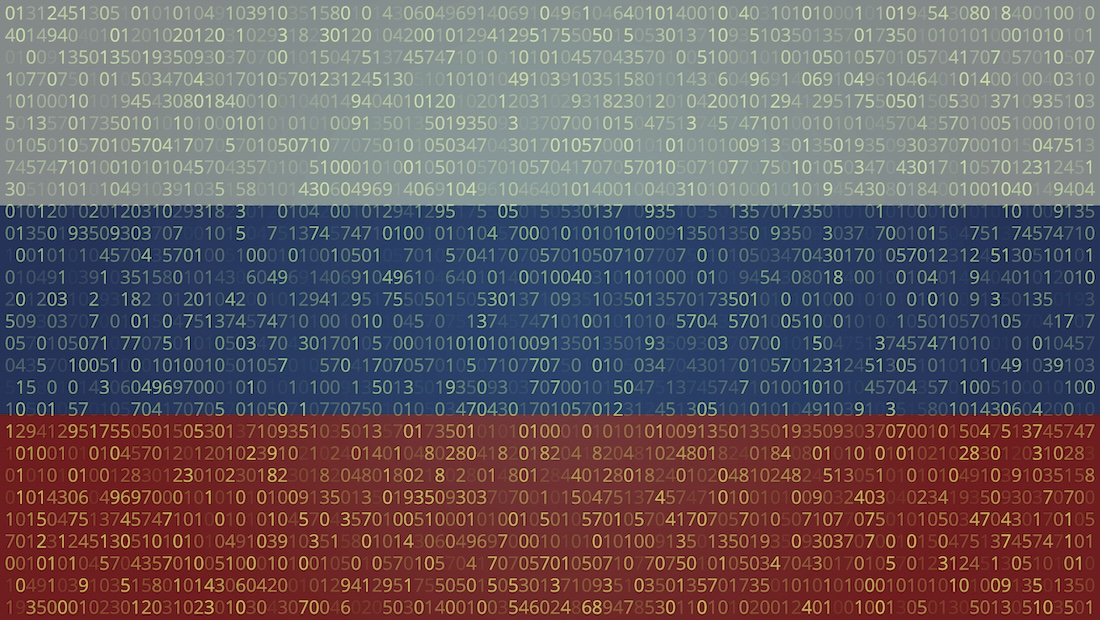
The hacker ecosystem in Russia, greater than maybe anyplace else on this planet, has lengthy blurred the traces between cybercrime, state-sponsored cyberwarfare, and espionage. Now an indictment of a gaggle of Russian nationals and the takedown of their sprawling botnet presents the clearest instance in years of how a single malware operation allegedly enabled hacking operations as diverse as ransomware, wartime cyberattacks in Ukraine, and spying in opposition to overseas governments.
The US Division of Justice at this time introduced legal costs at this time in opposition to 16 people regulation enforcement authorities have linked to a malware operation generally known as DanaBot, which in response to a grievance contaminated no less than 300,000 machines all over the world. The DOJ’s announcement of the fees describes the group as “Russia-based,” and names two of the suspects, Aleksandr Stepanov and Artem Aleksandrovich Kalinkin, as dwelling in Novosibirsk, Russia. 5 different suspects are named within the indictment, whereas one other 9 are recognized solely by their pseudonyms. Along with these costs, the Justice Division says the Protection Prison Investigative Service (DCIS)—a legal investigation arm of the Division of Protection—carried out seizures of DanaBot infrastructure all over the world, together with within the US.
Other than alleging how DanaBot was utilized in for-profit legal hacking, the indictment additionally makes a rarer declare—it describes how a second variant of the malware it says was utilized in espionage in opposition to navy, authorities, and NGO targets. “Pervasive malware like DanaBot harms a whole bunch of 1000’s of victims all over the world, together with delicate navy, diplomatic, and authorities entities, and causes many thousands and thousands of {dollars} in losses,” US legal professional Invoice Essayli wrote in a press release.
Since 2018, DanaBot—described within the legal grievance as “extremely invasive malware”—has contaminated thousands and thousands of computer systems all over the world, initially as a banking trojan designed to steal instantly from these PCs’ house owners with modular options designed for bank card and cryptocurrency theft. As a result of its creators allegedly offered it in an “affiliate” mannequin that made it out there to different hacker teams for $3,000 to $4,000 a month, nonetheless, it was quickly used as a instrument to put in totally different types of malware in a broad array of operations, together with ransomware. Its targets, too, rapidly unfold from preliminary victims in Ukraine, Poland, Italy, Germany, Austria, and Australia to US and Canadian monetary establishments, in response to an evaluation of the operation by cybersecurity agency Crowdstrike.



